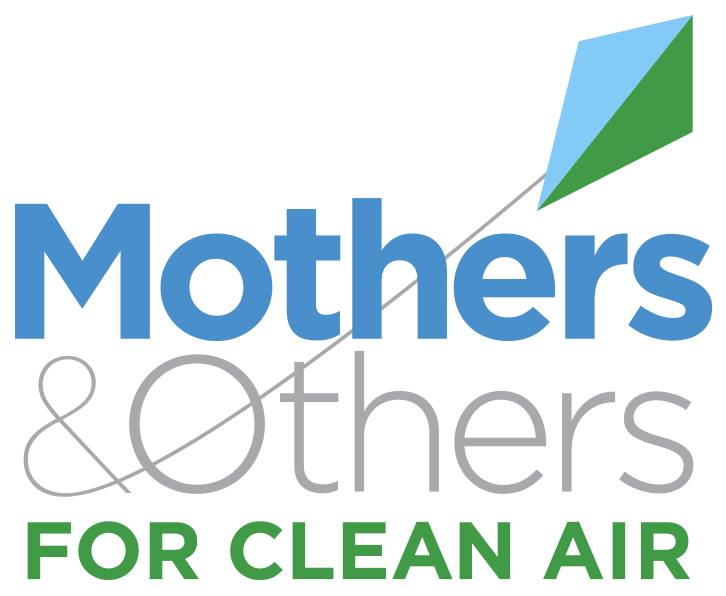Air pollution poses a great environmental risk to health. Outdoor fine particulate matter (particulate matter with an aerodynamic diameter 103 million disability-adjusted life years lost according to the Global Burden of Disease Report. The World Health Organization attributes 3.8 million additional deaths to indoor air pollution. Air pollution can harm acutely, usually manifested by respiratory or cardiac symptoms, as well as chronically, potentially affecting every organ in the body. It can cause, complicate, or exacerbate many adverse health conditions. Tissue damage may result directly from pollutant toxicity because fine and ultrafine particles can gain access to organs, or indirectly through systemic inflammatory processes. Susceptibility is partly under genetic and epigenetic regulation. Although air pollution affects people of all regions, ages, and social groups, it is likely to cause greater illness in those with heavy exposure and greater susceptibility. Persons are more vulnerable to air pollution if they have other illnesses or less social support. Harmful effects occur on a continuum of dosage and even at levels below air quality standards previously considered to be safe.
Published Jan 1, 2019
Schraufnagel, D. E., Balmes, J. R., Cowl, C. T., De Matteis, S., Jung, S. H., Mortimer, K., Perez-Padilla, R., Rice, M. B., Riojas-Rodriguez, H., Sood, A., Thurston, G. D., To, T., Vanker, A., & Wuebbles, D. J. (2019). Air Pollution and Noncommunicable Diseases: A Review by the Forum of International Respiratory Societies’ Environmental Committee, Part 1: The Damaging Effects of Air Pollution. Chest, 155(2), 409–416. https://doi.org/10.1016/j.chest.2018.10.042
